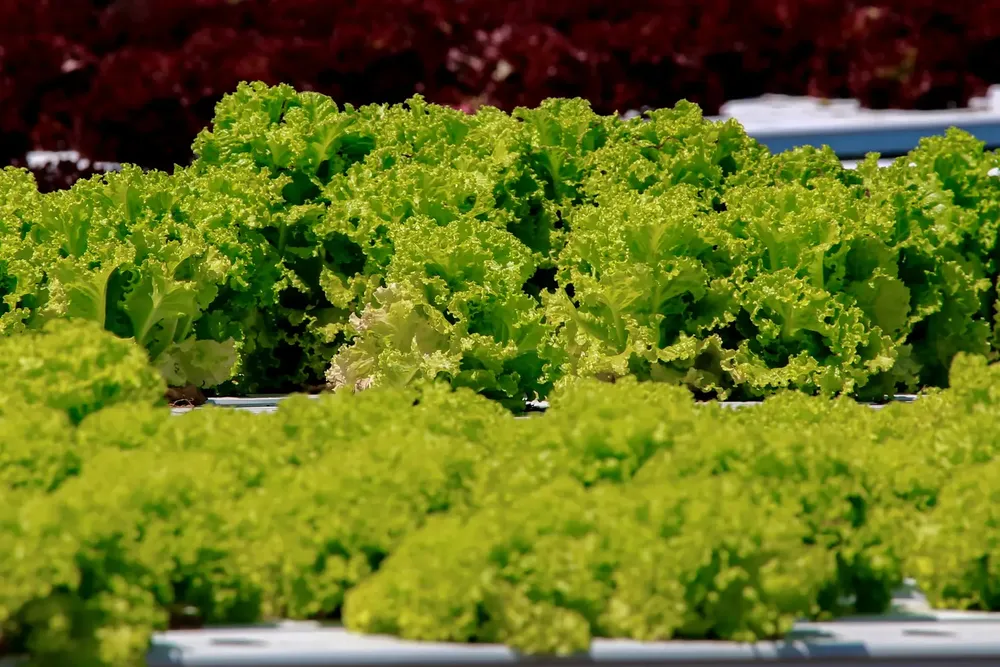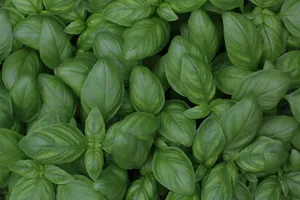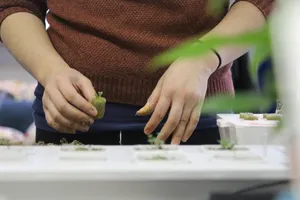13 Advantages of vertical farming
After our successful article on the 13 disadvantages of vertical farming, we don't want to deprive you of the advantages. We are definitely fans of this form of agriculture and see it as an important part of the future food supply in urban areas.
We are not only referring to vertical farms, but mainly to hydroponic systems. However, these are often set up vertically, which is why we group them together under the term vertical farming. As the name suggests, vertical farming is about growing plants up high, and mostly in water.
So let's move on to our first advantage:
The water consumption
One of the most essential arguments when talking about hydroponics is the huge water savings compared to conventional plant cultivation in the bed. Plants that grow in soil are watered. However, all the water does not end up directly at the root, but first seeps into the soil. The plant must then use roots to find and extract the water as well as the nutrients in the soil. With vertical farming or a hydroponic farm, water and nutrients are delivered directly to the root, saving a lot of water.
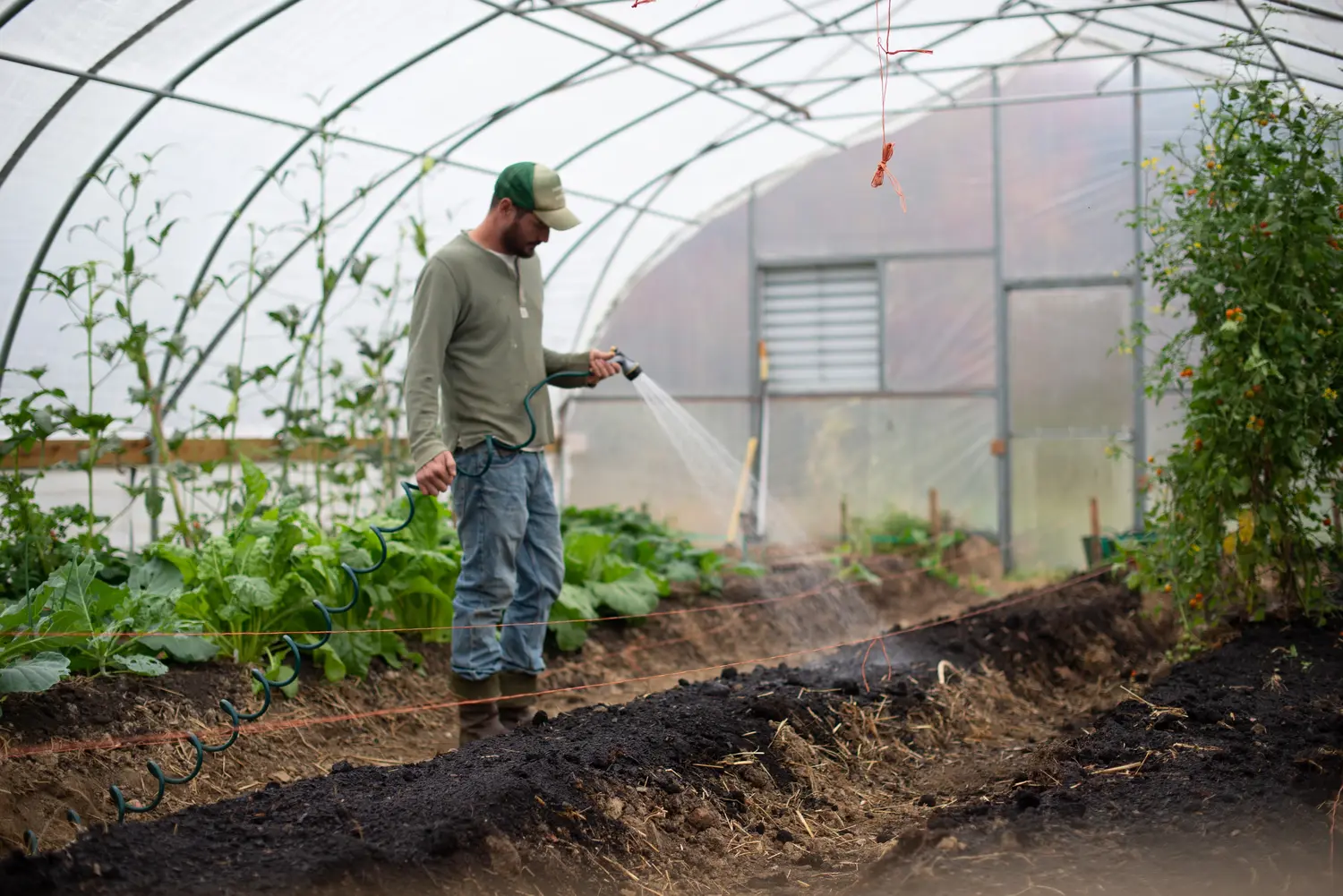
Healthy plants
The reduced water consumption just mentioned is accompanied by another advantage. Because the plant no longer has to develop large roots, it can devote all its energy to the growth of its leaves, flowers, and fruits. In this way, a vertical farm usually produces healthier and possibly even more nutrient-rich plants than a conventional plant farm.
Fancy starting your own hydroponic farm? With this indoor greenhouse, it will definitely work out*
Security of supply
In times of extreme weather conditions, it is no longer at all certain to produce a good harvest every season. With a vertical farm, however, these questions do not arise. Due to the controlled environment, an indoor hydroponic farm can produce a good harvest in both summer and winter.
Space-saving
As the name suggests, a vertical farm is particularly well suited for vertical construction. Thus, especially in densely populated urban areas, the vertical space can be optimally used and greened. Thus, significantly more can be grown on 1 m² than with conventional agriculture.
For your first own farm, the investment doesn't have to be big at all. Coco coir & net baskets are cheap to buy!*
Climate regulation
Anyone who has ever been in a large city in summer knows how strongly concrete can heat up in combination with large glass surfaces. Increased greening of urban space can contribute to positive regulation of city centers. Green facades or house roofs are particularly effective in this respect. So if common areas such as squares, roof terraces, or even just every balcony were equipped with a vertical farm, greening the inner city would have a positive effect on the climate.
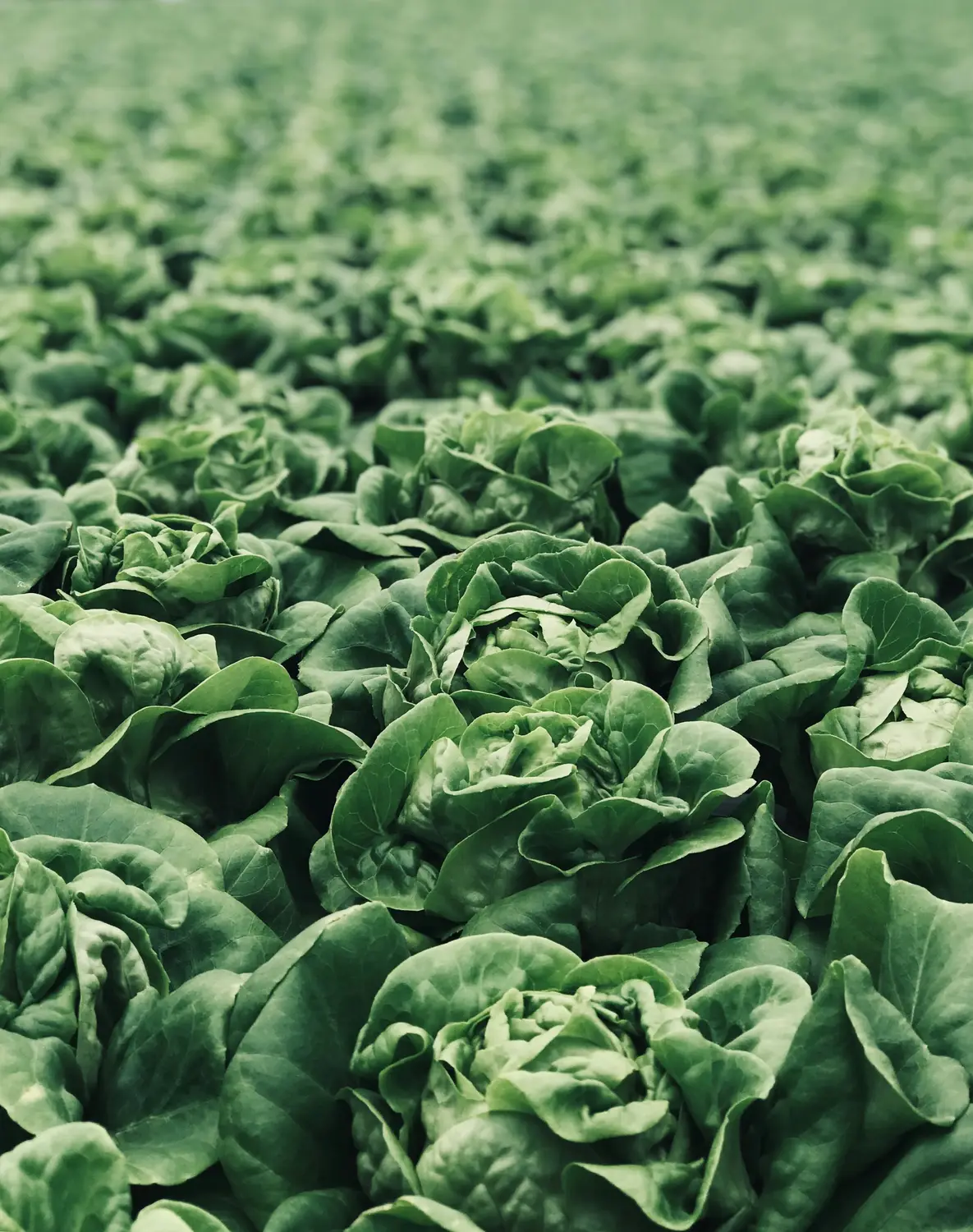
Shorter transport routes
Although seasonal/regional products can now also be found more frequently in supermarkets, these are not always as regional as initially assumed. The term "regional" is not protected, and so regional carrots may arrive from 500 km away. Not to mention products that are imported by ship or plane. With an average distance of more than 1,500 km from the point of growth of fruits and vegetables to the point of consumption, food miles are among the fastest growing sources of greenhouse gas emissions in the world. However, if the vegetables and fruits are actually grown locally or at least in the city, the transport distances are greatly reduced.
Unsure which plants are suitable for a hydroponic farm? For starters, we recommend these lettuce plants*
Preservation of nutrients
As soon as a plant is harvested or separated from its roots, the clock starts ticking. Just 24 hours after harvesting, about 45% of the nutrients are lost, and with several days in a shipping container, there is really no longer any question of freshness. With vertical farming, the short transport distances mean that the fruit or vegetables grown can even end up on your plate the same day.
Independent of season
With strawberries, many people think directly of summer. However, strawberries can be bought in supermarkets all year round, which really has nothing to do with seasonality. Due to long import routes, they hit the point of climate pollution properly. With a hydroponic farm, however, fresh strawberries can be grown directly "in front of the door" even in winter and can thus be enjoyed regardless of the season.
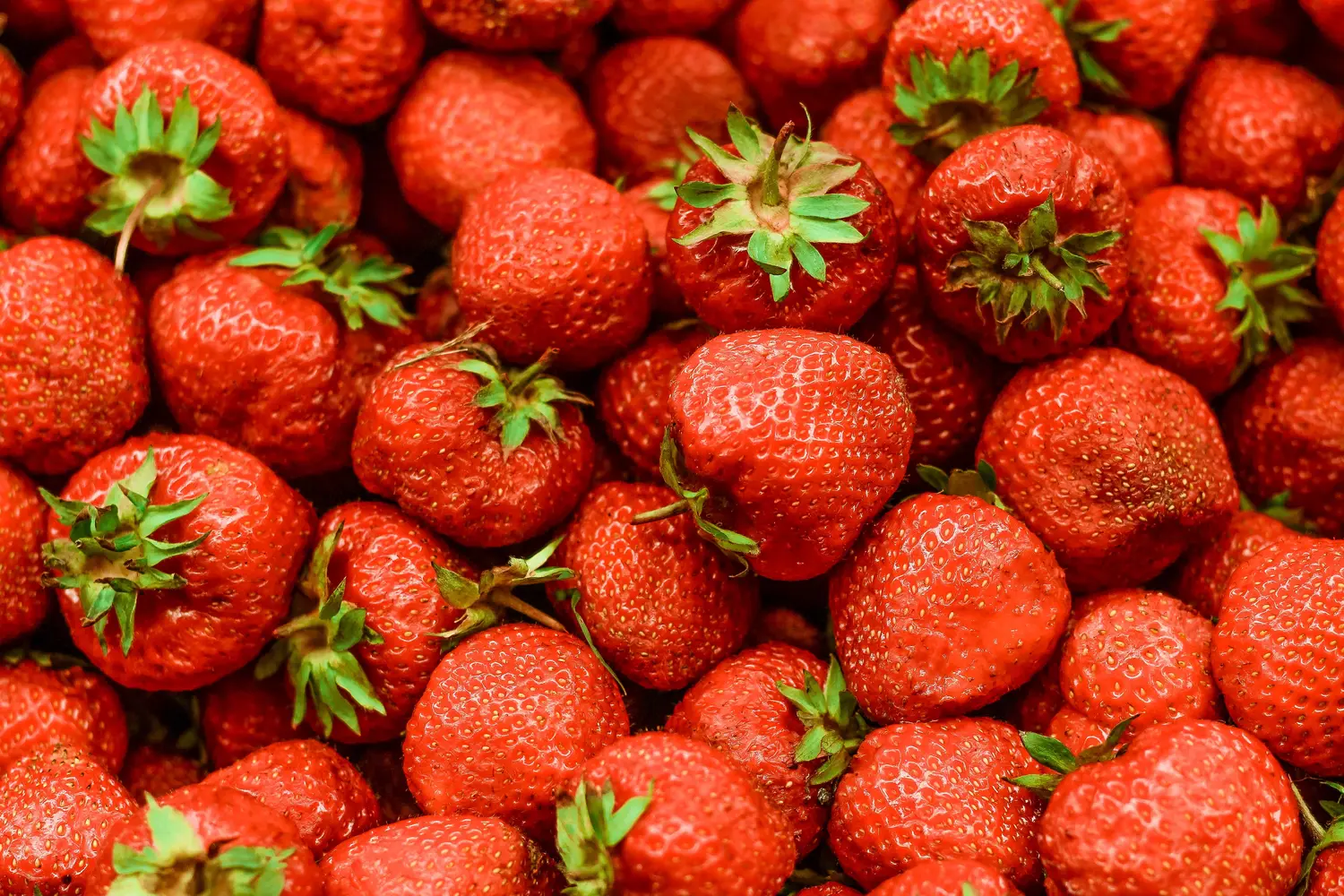
Conservation of soils
Many soils in conventional agriculture are becoming increasingly barren. This is due to monocultures, fertilizers and pesticides. In hydroponics, cultivation without soil, there is no soil to leach. This protects the environment and avoids pesticides. Although a hydroponic farm also does not run without fertilizer, this does not end up in the field in an uncontrolled way, but remains in the system and can thus be disposed of properly if necessary.
Here you will find our recommendation for a hydroponic fertilizer*
Pesticide-free
As just mentioned, hydroponic farms do not require any pesticides. The very controlled structure usually allows only the desired plant to grow. Competition from "weeds" can thus be avoided without the use of chemicals.
Utilization of already sealed surfaces
In addition to the barren soil and transportation routes, a lack of space is also a major problem in conventional agriculture. Due to increasing building development and the resulting sealing of vacant land, the space available for cultivation continues to shrink. With vertical farming, already sealed land can be used for growing food and thus put to good use.
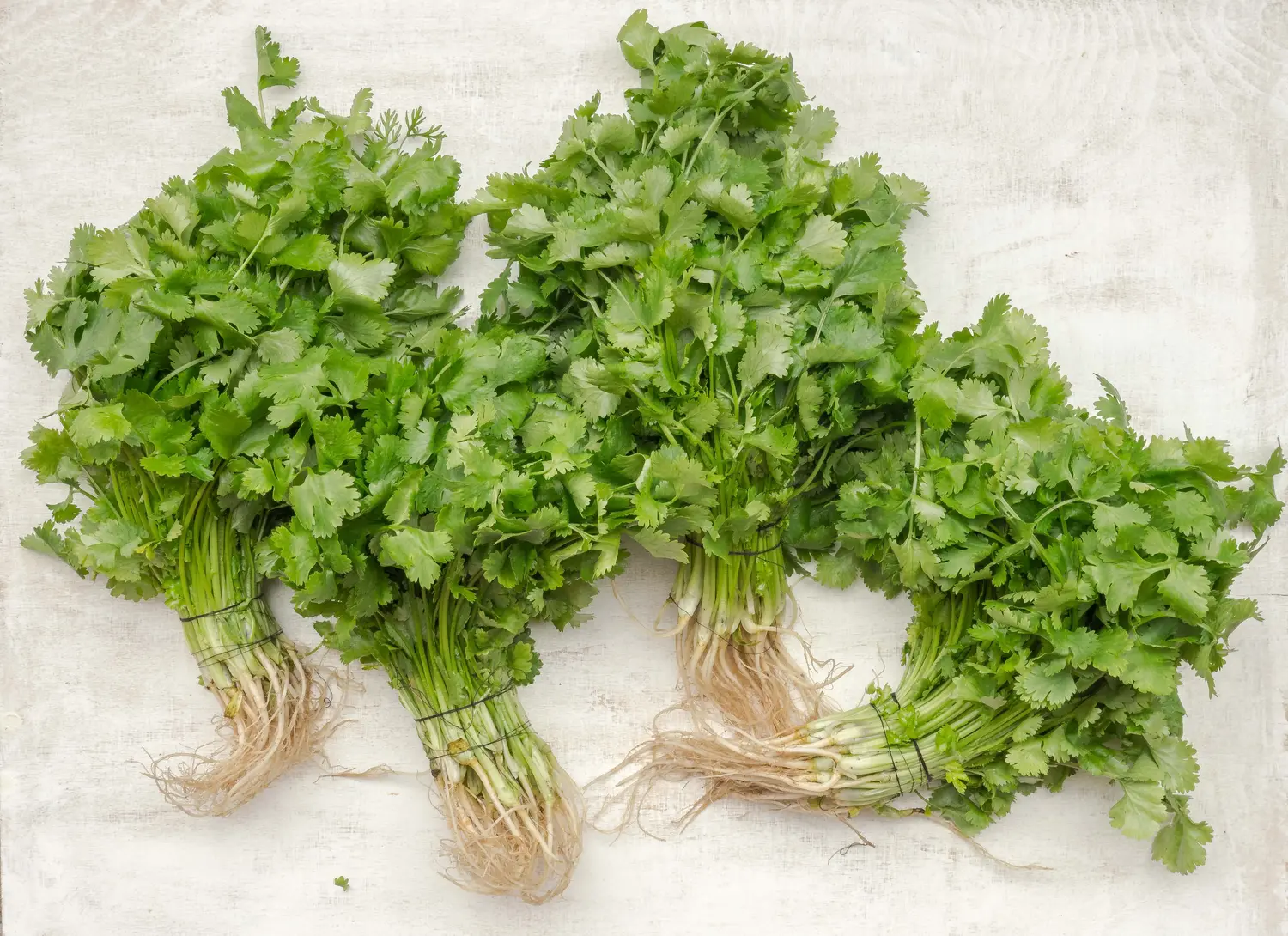
Reduction of packaging waste
To ensure the quality of the food, it is often packaged particularly well for transport. Unfortunately, consumers are also to blame for this, as fruit and vegetables with visual defects are typically left lying around. Through vertical farming, packaging can sometimes be completely dispensed with. Vegetables, herbs, and fruit can be harvested and consumed directly on site, or delivered without much packaging due to the extremely shortened transport routes.
Food waste reduction
Fresh fruits and vegetables are the foods that most regularly end up as food waste. In the EU and the USA, about half of these products are "wasted". Three main factors play a major role in this: rejects in production due to not meeting the standard, damage caused during transport and consumer waste caused by too large package sizes. However, with the help of vertical farming, these numbers can be drastically reduced because only what is needed is harvested. There are no packaging sizes or damage due to transportation, nor are plants thrown away due to a different standard.
*The links to sources of supply are affiliate links: If you buy through them, you are actively supporting gustar.io, as we will then receive a small portion of the sales proceeds. Thank you very much! :-)

